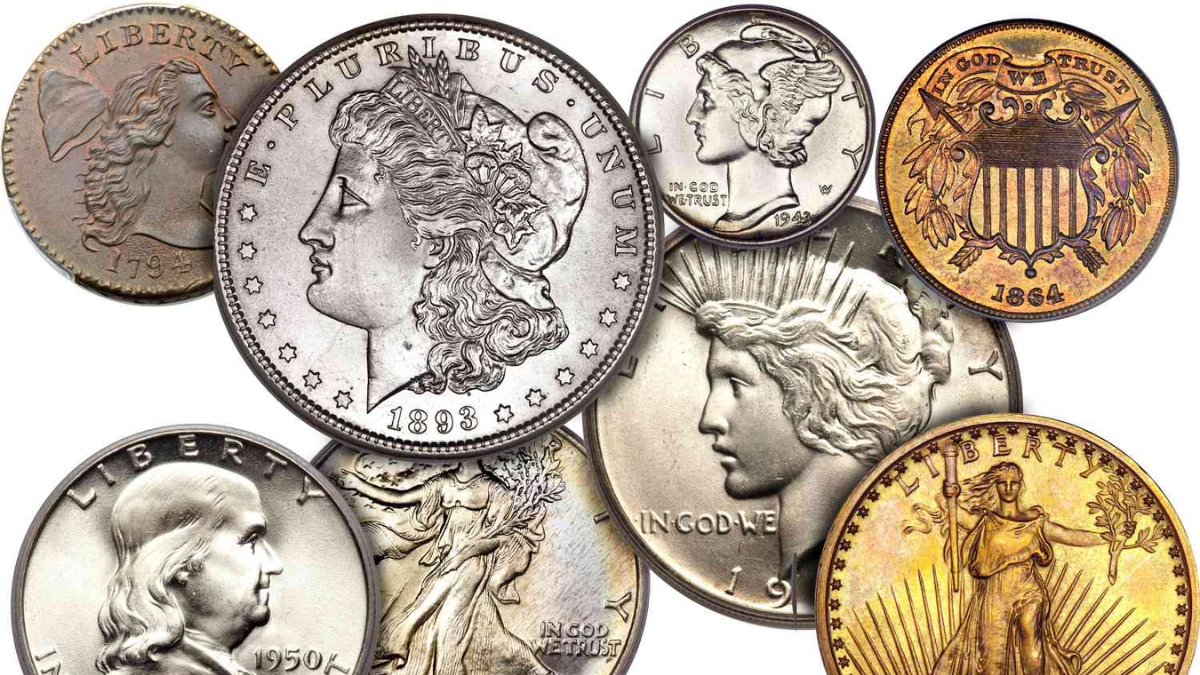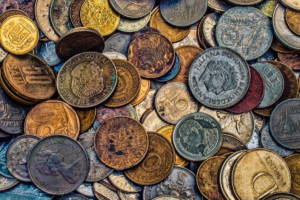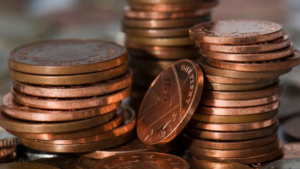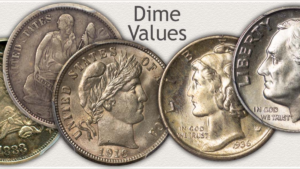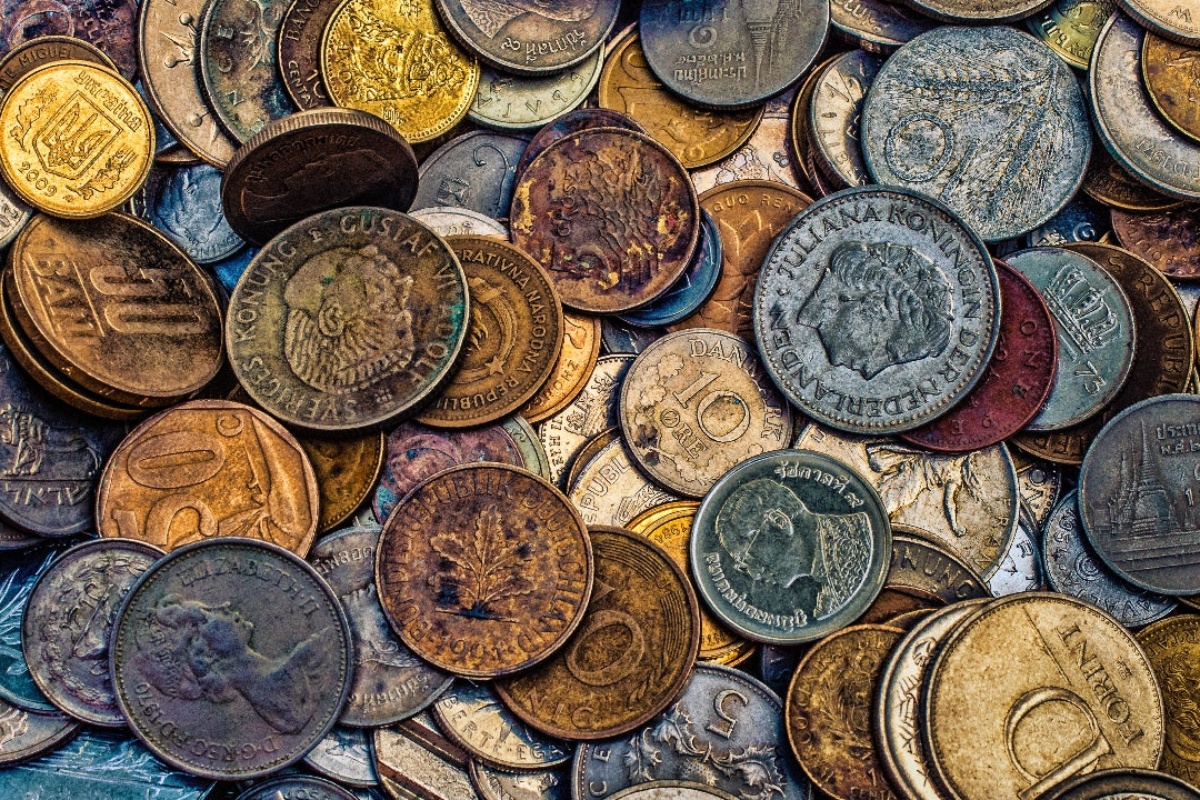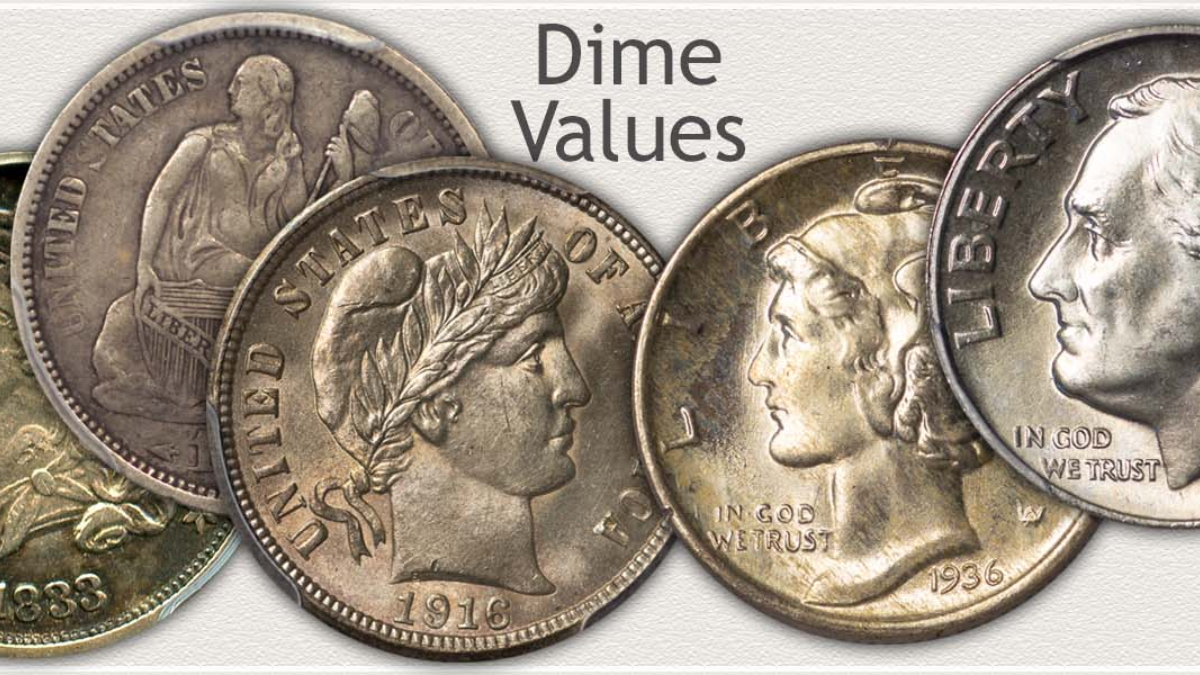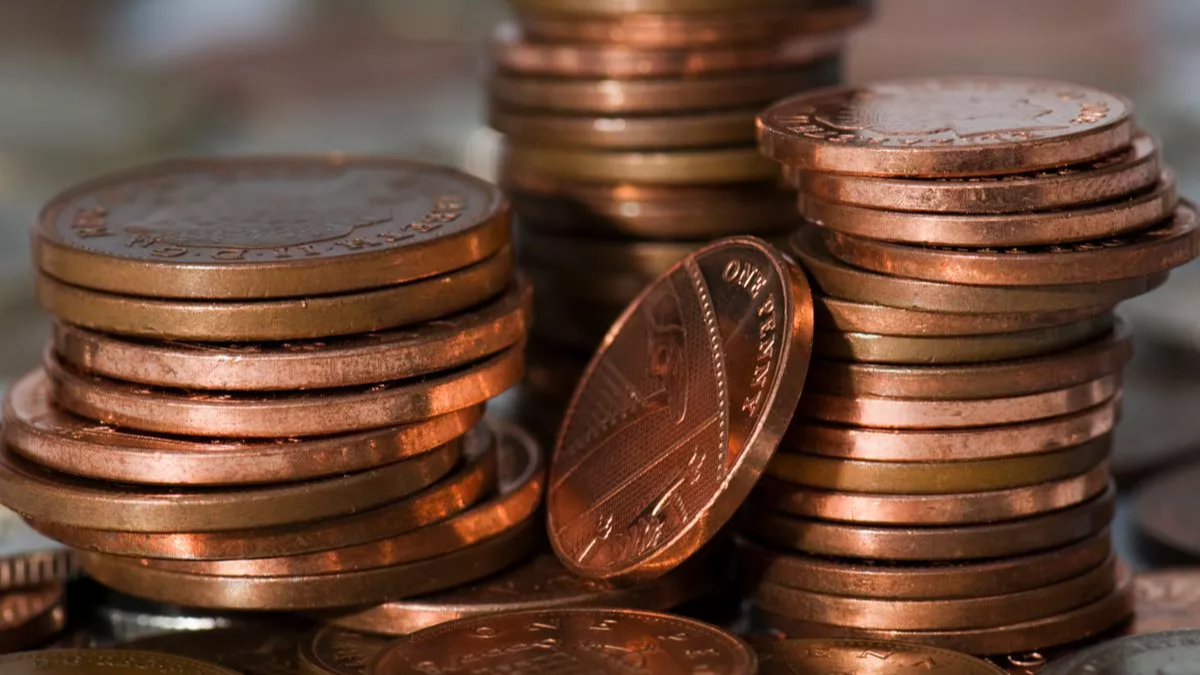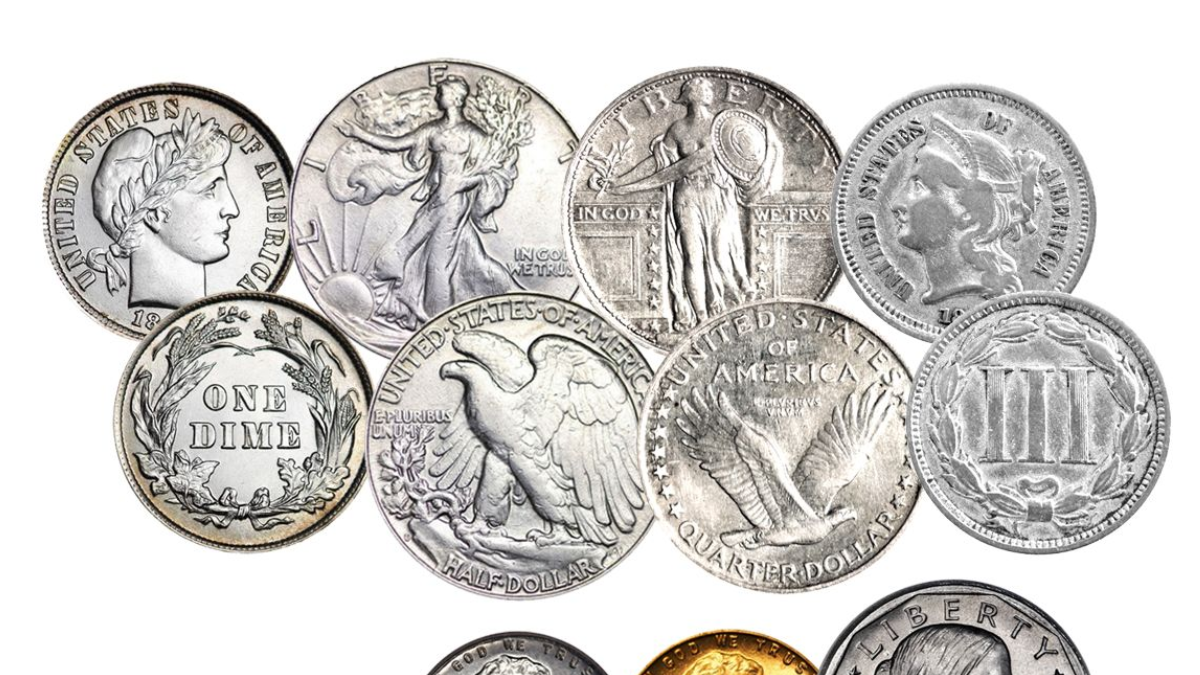Most people think of coins as just spare change, but some rare coins are worth thousands or even millions of dollars! Whether due to minting errors, historical significance, or low mintage, these coins have become highly sought-after by collectors. If you have one of these rare coins in your collection, you could become rich overnight! Let’s explore four rare coins that have turned lucky owners into millionaires.
1. 1943 Copper Penny – The Million-Dollar Penny
During World War II, the U.S. Mint switched from copper to steel pennies to conserve copper for the war effort. However, a small number of copper pennies were accidentally minted in 1943, making them extremely rare. Today, only a few dozen are known to exist, and they have sold for up to $1.7 million at auction. To check if you have one, try a magnet test—if it sticks, it’s steel (common), but if it does not stick, you might have a fortune in your hands!
2. 1970-S Small Date Lincoln Penny – A Tiny Detail Worth Thousands
The 1970-S Small Date Lincoln Penny is a rare variety where the date was printed slightly differently than usual. The “7” in 1970 appears level with the “0”, making it stand out from the common large date version. While most 1970-S pennies are worth just a few cents, the small date variety can fetch over $3,000, especially in high-grade condition.
3. 1916-D Mercury Dime – A Tiny Coin with a Big Price
The 1916-D Mercury Dime is one of the most valuable dimes ever made, with only 264,000 minted at the Denver Mint. Because of its low mintage and historical importance, collectors are willing to pay top dollar for one. Even a well-worn 1916-D dime can sell for $1,000+, while high-grade versions can reach over $200,000. If you have a 1916 Mercury Dime, check for the “D” mintmark on the back—it could be worth a fortune!
4. 2000 Sacagawea “Cheerios” Dollar – A Hidden Treasure in a Cereal Box
In 1999, the U.S. Mint partnered with Cheerios to promote the new Sacagawea dollar, randomly placing special versions in cereal boxes. These rare “Cheerios” dollars have an enhanced feather design on the eagle’s tail, setting them apart from regular Sacagawea dollars. Because so few exist, collectors pay up to $5,000 for one! If you have a 2000 Sacagawea dollar, compare the eagle’s tail feathers to see if you have this rare variety.
Rare coins can turn an ordinary collector—or even someone checking their pocket change—into an overnight millionaire. The 1943 Copper Penny, 1970-S Small Date Lincoln Penny, 1916-D Mercury Dime, and 2000 Sacagawea “Cheerios” Dollar are just a few examples of coins that have fetched thousands to millions of dollars. If you own one of these, you might be holding a hidden treasure—so start checking your change today!
FAQ’s:
1. Where can I sell a rare coin?
You can sell rare coins through coin dealers, online auctions (eBay, Heritage Auctions), or professional grading services like PCGS and NGC.
2. How do I know if my 1943 penny is valuable?
Try the magnet test—if it sticks, it’s a common steel penny. If it doesn’t stick, you might have the rare copper version worth up to $1.7 million.
3. How can I tell if my 2000 Sacagawea Dollar is the rare “Cheerios” version?
Look at the eagle’s tail feathers—the Cheerios version has detailed, raised lines on the feathers, while regular versions have a smoother design.
4. Are all 1970-S pennies valuable?
No, only the Small Date variety is rare and valuable. The easiest way to tell is by checking if the “7” in 1970 aligns with the “0.”
5. What’s the best way to store rare coins?
Use protective cases or coin holders to prevent damage. Avoid touching them directly, and keep them in a dry, climate-controlled environment.
